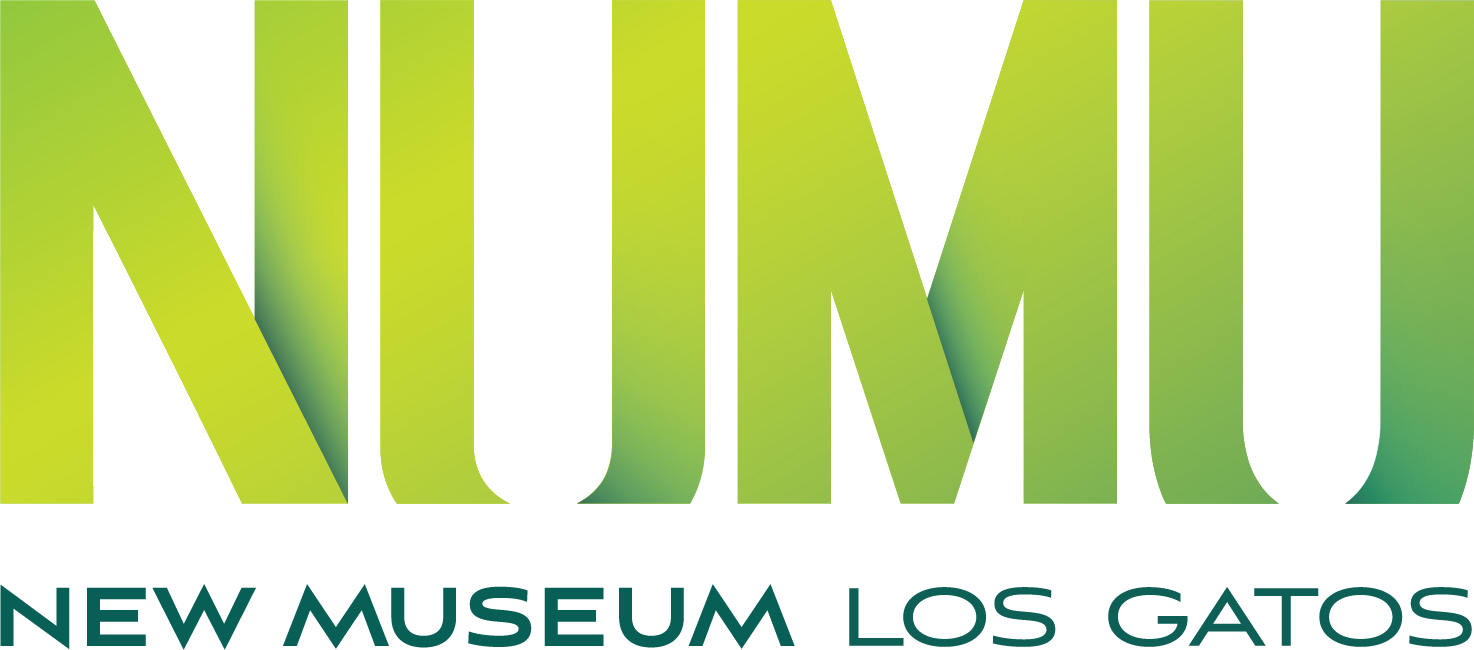In 2016, NUMU partnered with the Muwekma Ohlone, the people indigenous to this area, to create an exhibition that highlighted the history, heritage, and legacy of their tribe. Today, as NUMU renews that partnership, we are sharing the content of that exhibition again throughout the month of November -- Native American Heritage Month -- in order to celebrate the Tribe’s vibrant culture, as well as acknowledge the continued existence of the Muwekma Ohlone peoples.
For over 13,000 years, Ohlone tribal groups have inhabited the areas north of San Francisco down to Monterey County. Following multiple waves of invasion and colonization, three historic Ohlone tribal bands were federally recognized as a legitimate tribe in 1906. Then, in 1925, a misguided declaration of extinction by a prominent anthropologist contributed to bureaucratic termination. Since that time, the Ohlone have fought to regain their previous status as a federally recognized tribe and reclaim access to their ancestral homeland.
Ohlone tribes of the Bay Area.
WHO ARE THE OHLONE COSTANOAN INDIANS?
The Ohlone are a group of tribes that includes the Muwekma Ohlone Tribe, the Amah-Mutsun Tribal Band, and the Ohlone Costanoan Esselen Nation. The name Costanoan is an invented English translation of the Spanish word costeños, meaning “coastal people.” In the mid 19th century, government agents merged these distinct California Indian groups based on similarities in their languages.
For over 100 years, California Indians of the East Bay and South Bay Areas have referred to themselves as Ohlones. The descriptive name Muwekma was added by the descendants of the Verona Band, and their ancestors before them at the Alisal rancheria, to distinguish themselves from other Ohlone groups. Muwekma means “the people” in Chochenyo, a language spoken by the Ohlone groups of the East Bay.
The Amah-Mutsun tribal band comes from the regions of Monterey County as well as San Benito County. The Amah-Mutsun territory includes many distinct linguistic cultures. Amah-Mutsun people were held at two different missions occupying native lands in San Juan Bautista and Santa Cruz.
The name Esselen refers to the Monterey Band of Monterey County, an indigenous group existing in this location for over 1,500 years. Linguistically distinct from other Costanoans, the Esselen Nation is thought to have descended from the Hokan culture.
PRE-EUROPEAN CONTACT
The California Indian population was the largest population of indigenous people north of the Valley of Mexico (home of several pre-Columbian civilizations), estimated between 1 million to 1.5 million before European colonization.
Prior to European contact, California Native tribes developed complex cultures that included formalized religions, ceremonies and ceremonial regalia, craft specialists in basketry and jewelry, warriors, traders, and distinct forms of government. Tribal bands lived in villages of around 500-1000 people that were completely sustained by the natural resources of their region.
We acknowledge that New Museum Los Gatos sits on the ancestral land of the Ohlone, the Tamien Ohlone, and the Muwekma Ohlone people, who have stewarded this land throughout the generations. We recognize their connection to this region and give thanks for the opportunity to live, work, and learn on their traditional homeland. We pay respect to their Elders and to all Ohlone people, past, present, and future. This is one step towards creating a safe place for the community to learn from the past, dialogue about the present, and move forward.
To learn more about the Muwekma Ohlone Tribal Council and how you can support the Tribe, visit their webpage at muwekma.org and follow them on Facebook and Instagram.




